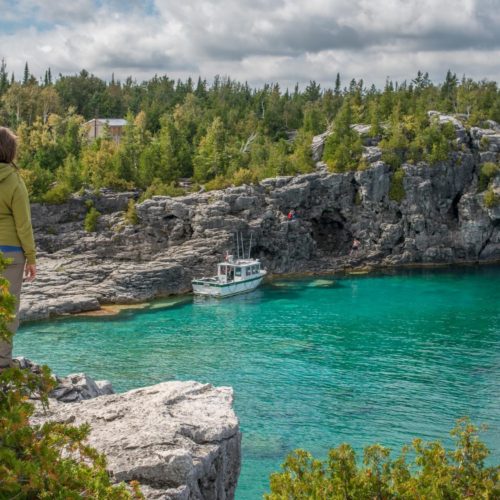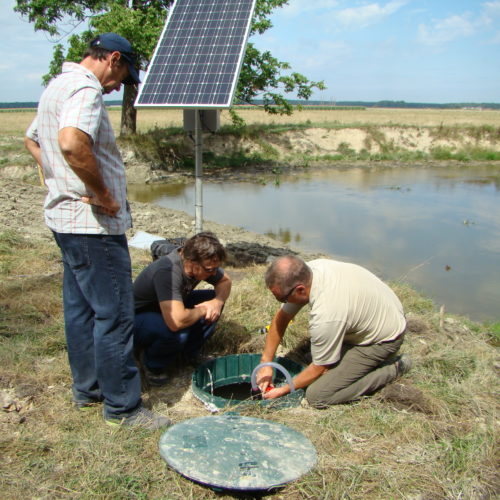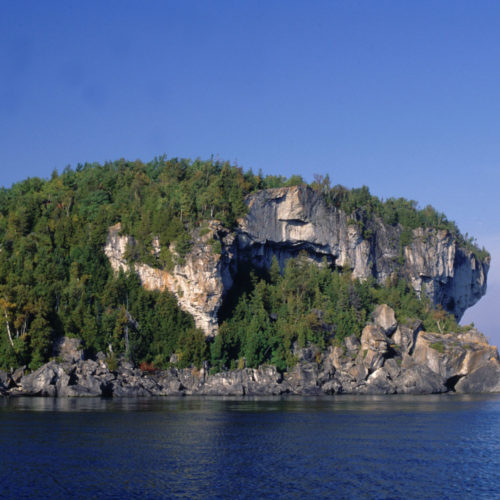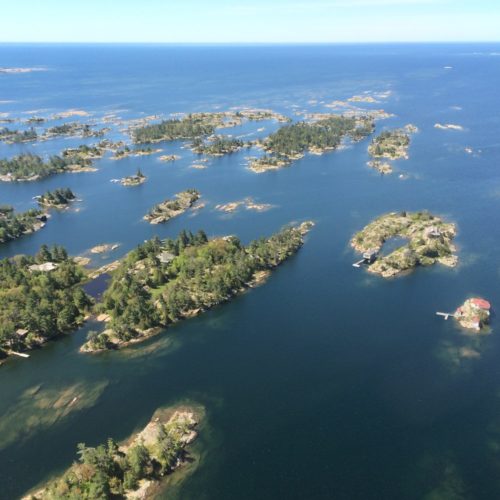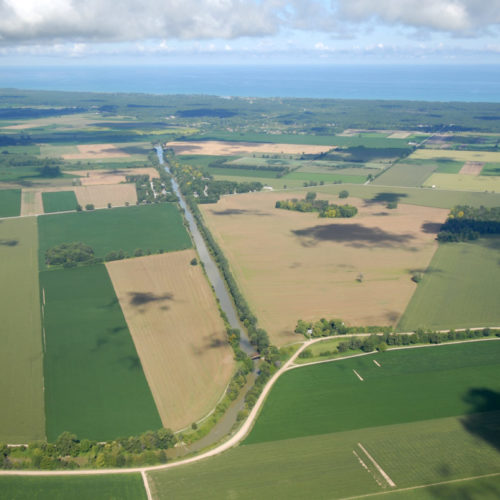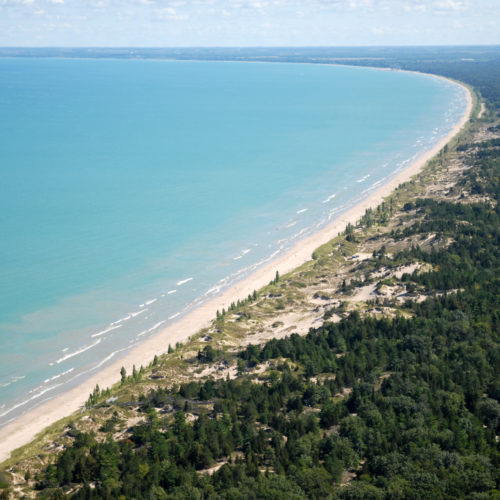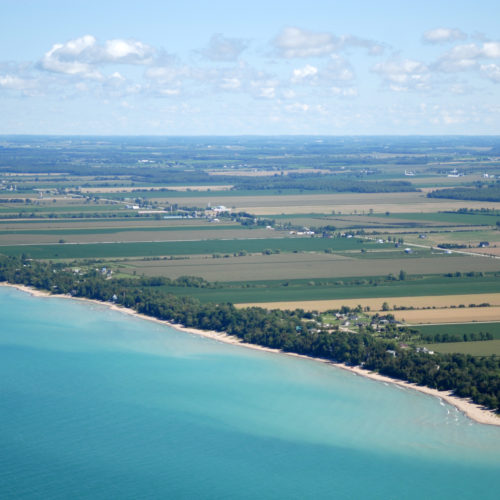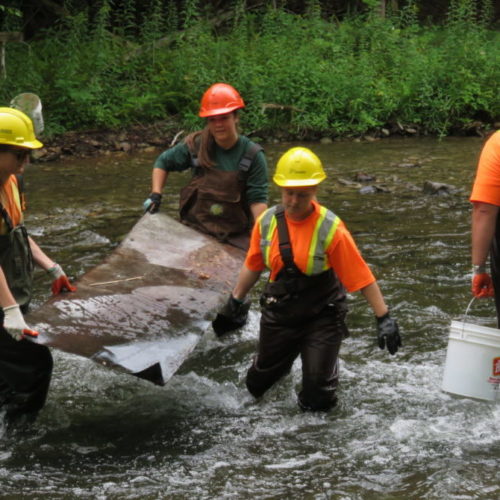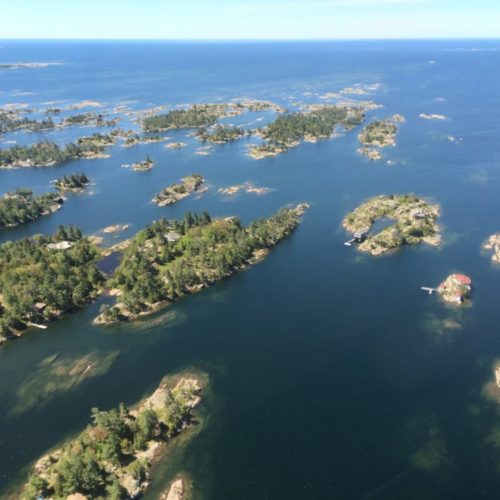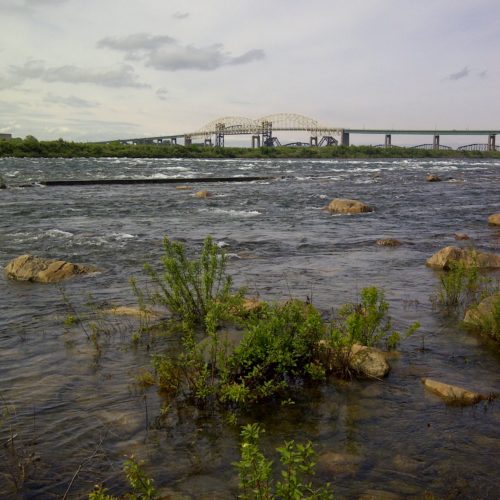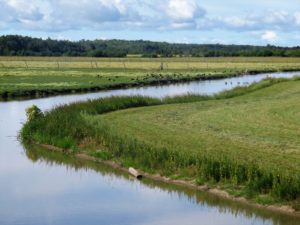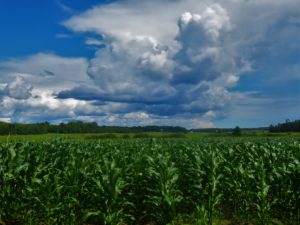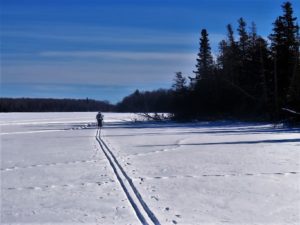Central Algoma Living in Times of Climate Change
Talking about climate change can have a reverse effect; people can feel doomed and go out and buy more stuff – “might as well – doomed anyways". The Central Algoma Freshwater Coalition is developing a publication on climate change impacts and adaption 2022-2050 in the local area with an approach that raises topics that have solutions, options for action, and expresses appreciation for what we already have. A general introduction will highlight our thin layer of atmosphere and how amazing it is. The Great Lakes region will not face the same challenges as other areas. We will look at modelled changes in hot weather, freeze thaw days, temperature, precipitation, and agriculture (frost free days, last frost, first frost and growing days) (Source – www.climateatlas.ca). We will explore potential changes to Lake Huron and inland lakes, planning for storm intensity, human health, agriculture and winter and summer tourism.
Nearest city or town: Bruce Mines
Project start date: June 1, 2021
End date: March 31, 2022
Project focus: Education / Outreach
Project contact: Chuck Miller
